If you’ve ever baked with chocolate, chances are the recipe you were following called for bittersweet or semisweet chocolate.
But what makes the chocolate in the baking aisle different from your favorite dark chocolate bar? Despite the different labels, they probably share most of the same ingredients.
In this article we’ll explore bittersweet chocolate in depth, how it differs from other chocolate, and how you can substitute it in your recipes.
By the end of this blog, you’ll know what exactly bittersweet chocolate is, how it’s different from other kinds of chocolate and whether it’s okay to use semisweet instead if that’s all you have in the pantry.
What is bittersweet chocolate?
The U.S. Food and Drug Administration requires that bittersweet and semisweet chocolates contain at least 35% chocolate liquor — the product created by grinding up the insides of cocoa beans.
The rest of the weight of the chocolate can be made up of additives like sweeteners, flavorings, or dairy products.
Those additives are what make chocolates for baking — like bittersweet and semisweet — different from chocolates made for eating on their own.
Some of the dark chocolate bars you would enjoy as a treat contain added goodies like sea salt, nuts or fruit.

Baking chocolates, on the other hand, generally contain just cocoa products, sugar and an emulsifier (that keeps the different ingredients blended together).
Baking chocolates are preferable for baking because their high cocoa percentages bring a strong chocolate flavor to a recipe, while the bitterness that sometimes comes with all that cocoa is offset by the additional raw sugar many recipes call for.
That said, if you’re using a well-roasted, craft chocolate for baking, you shouldn’t experience any bitterness at all.
Bittersweet vs. Semisweet
This is where the lines get a little bit fuzzier.
If you live in North America, the difference is pretty arbitrary. In both U.S. and Canadian law, bittersweet and semisweet chocolates are treated as one labeling category that includes anything over the 35% chocolate liquor threshold.
Generally, bittersweet chocolate has more cocoa and less sugar than semisweet, but this rule doesn’t always hold when comparing between brands.
For example, Ghiradelli’s bittersweet bar is 60% cocoa while Guittard’s semisweet bar is 64% cocoa.
If you’re looking at chocolates from the same brand, however, the bittersweet variety should have more cocoa than the semisweet one. We’d recommend going with something with at least 65% cocoa if your recipe calls for bittersweet chocolate.
Substitutes for bittersweet chocolate
While the variability in cocoa percentages between brands may make your trip to the grocery store a little more confusing, the good news when it comes to bittersweet and semisweet chocolate is that you can easily substitute one for the other in whatever recipe you’re working from.
The more important thing to focus on is the cocoa percentage of whatever baking chocolate you decide to use.
Regardless of whether it’s labeled as bittersweet or semisweet, if you’re looking for a more intense chocolate flavor, go with a bar with a higher cocoa percentage. If you’re less concerned about your recipe having strong chocolate flavors and want a sweeter final product, look for a chocolate with a lower cocoa percentage.

So don’t sweat it if you accidentally grabbed bittersweet chocolate when your cookie recipe calls for semisweet.
If you buy a quality baking chocolate with a taste you like, those brownies will taste delicious either way.

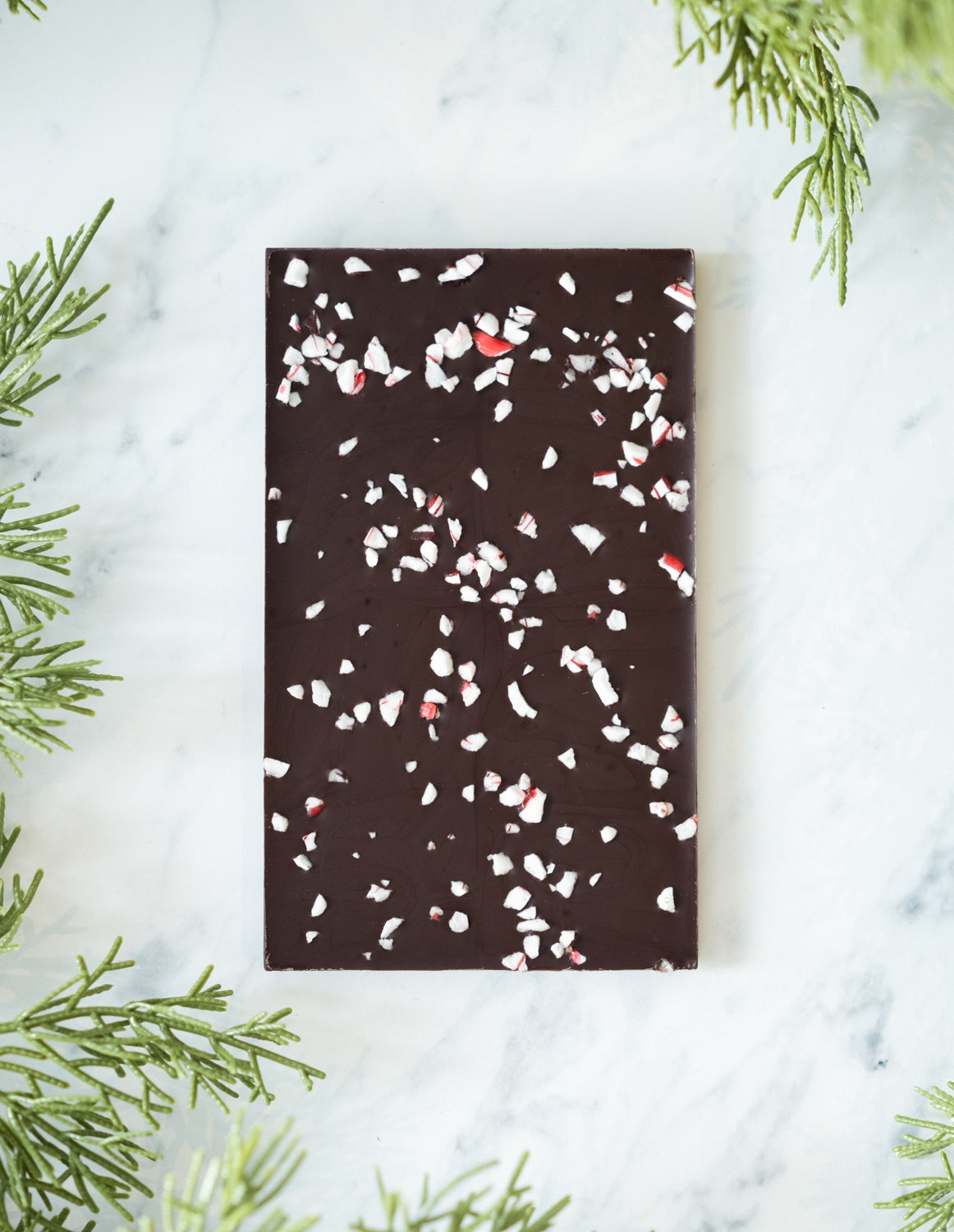


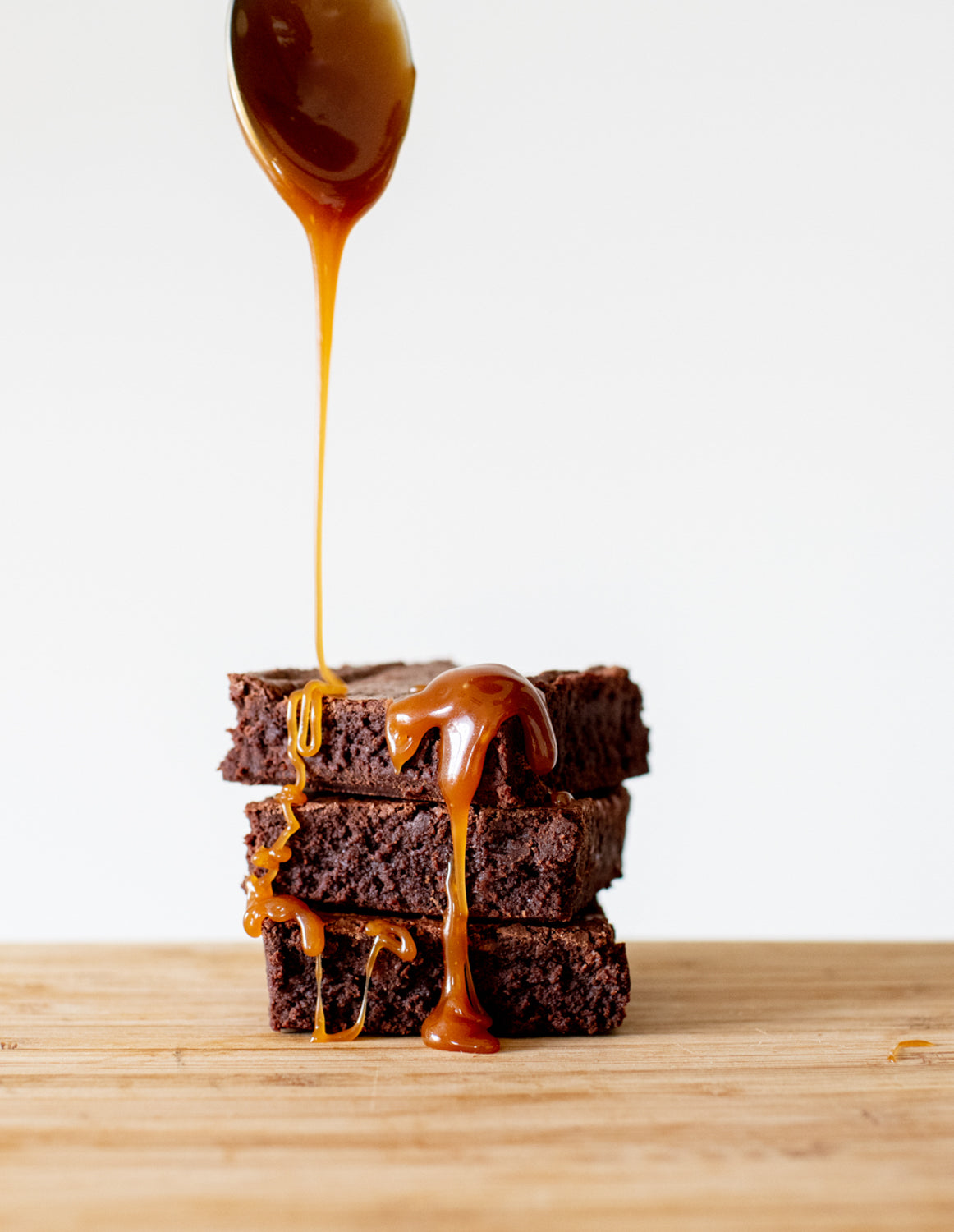
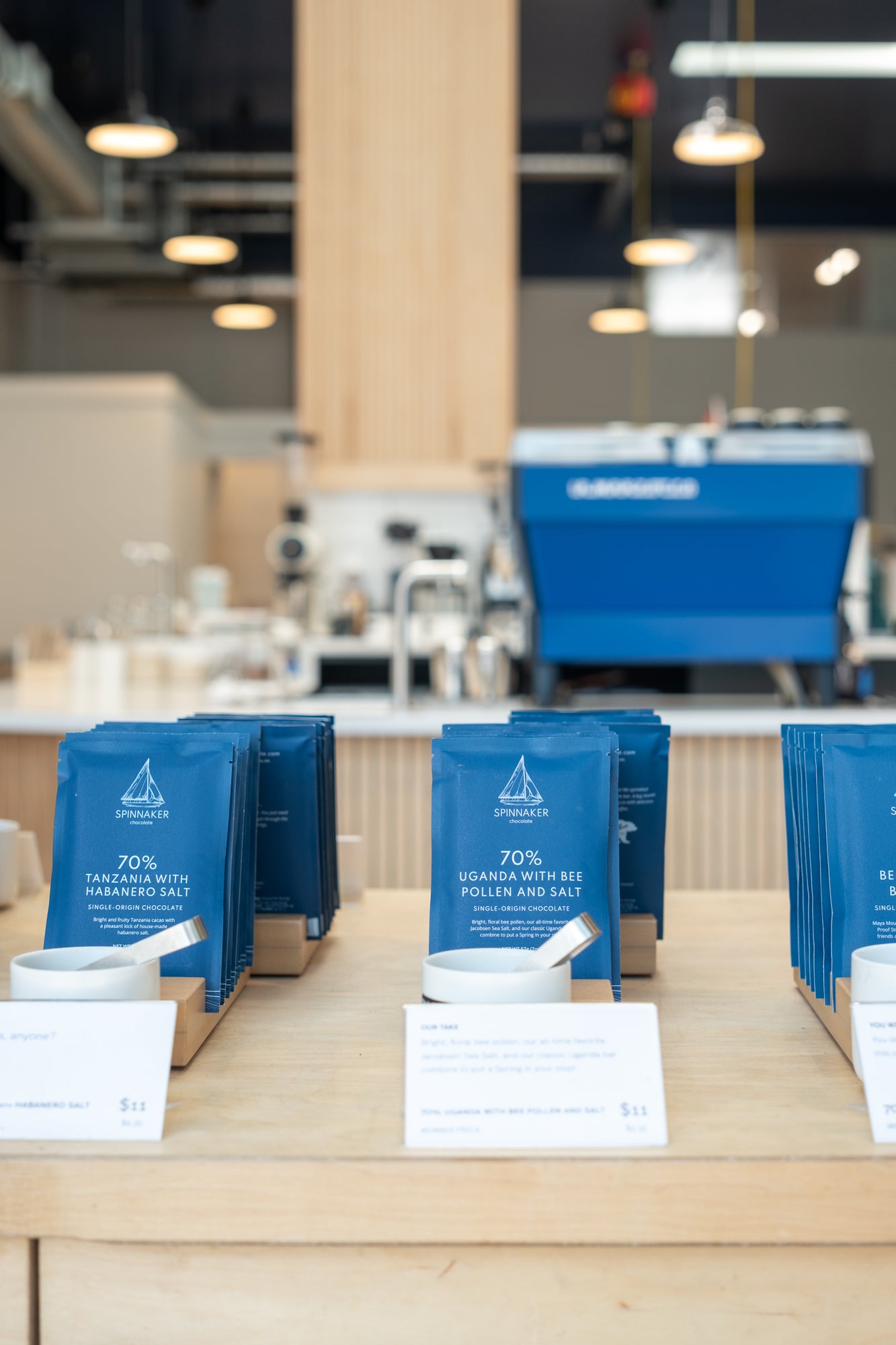

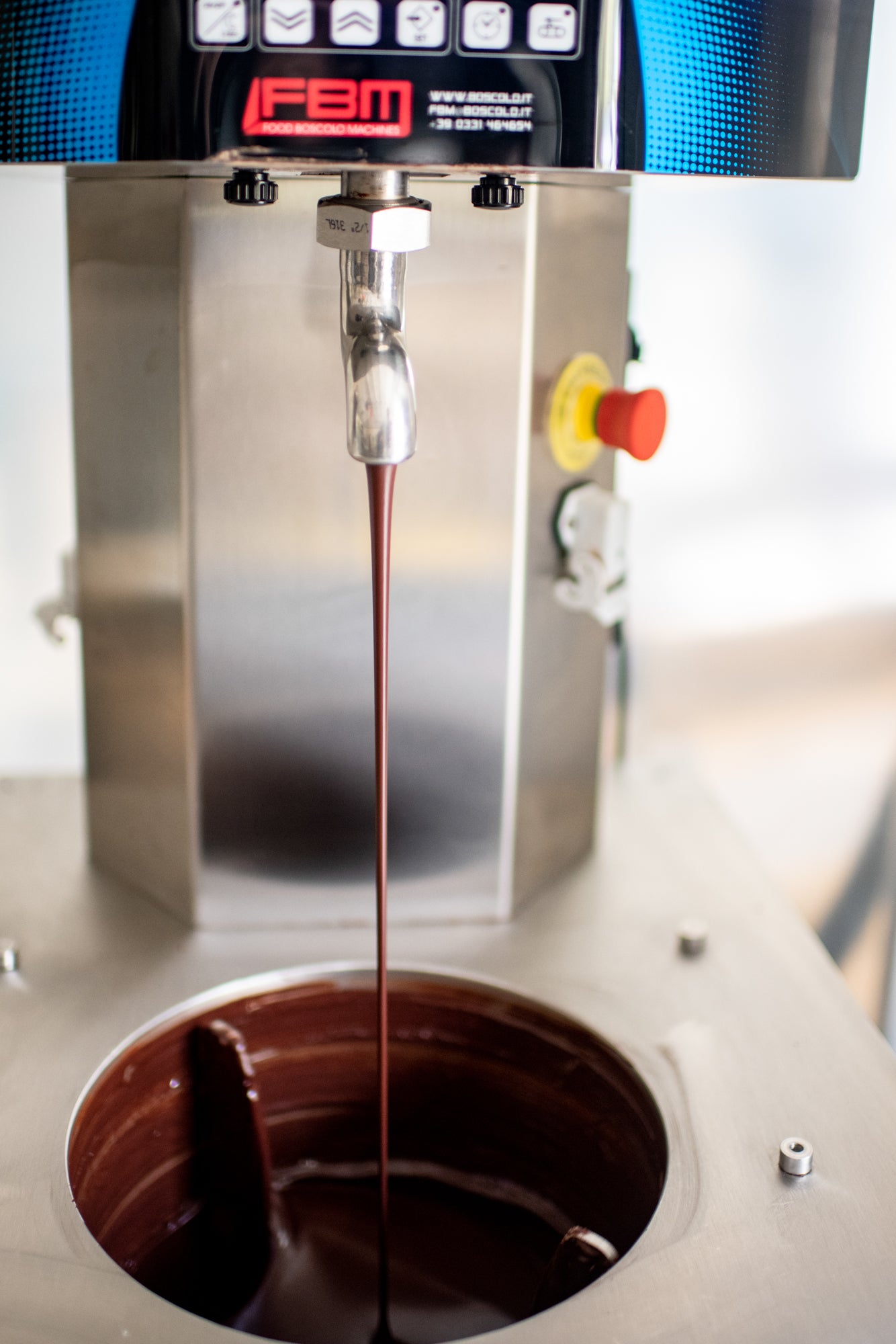
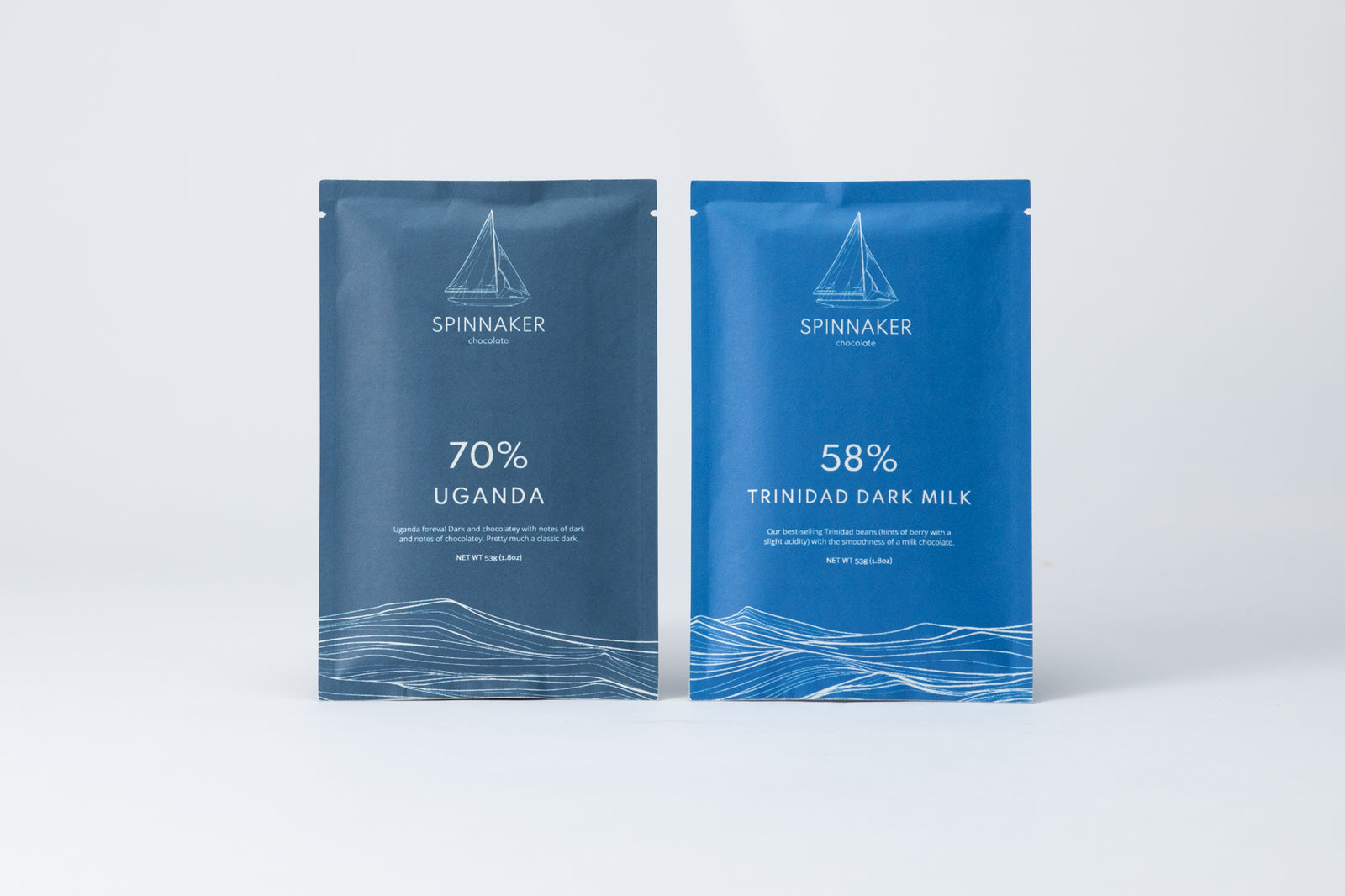

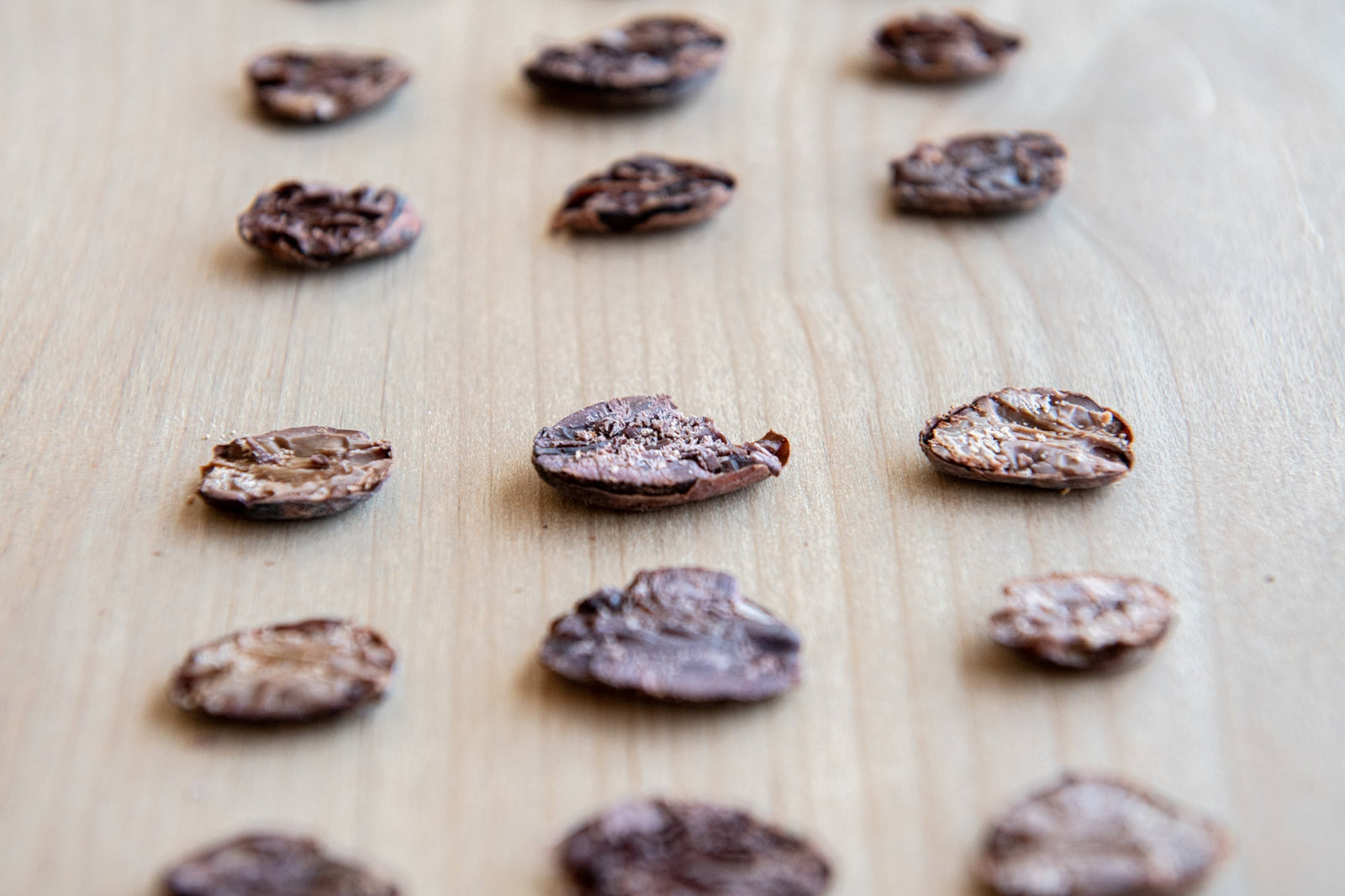
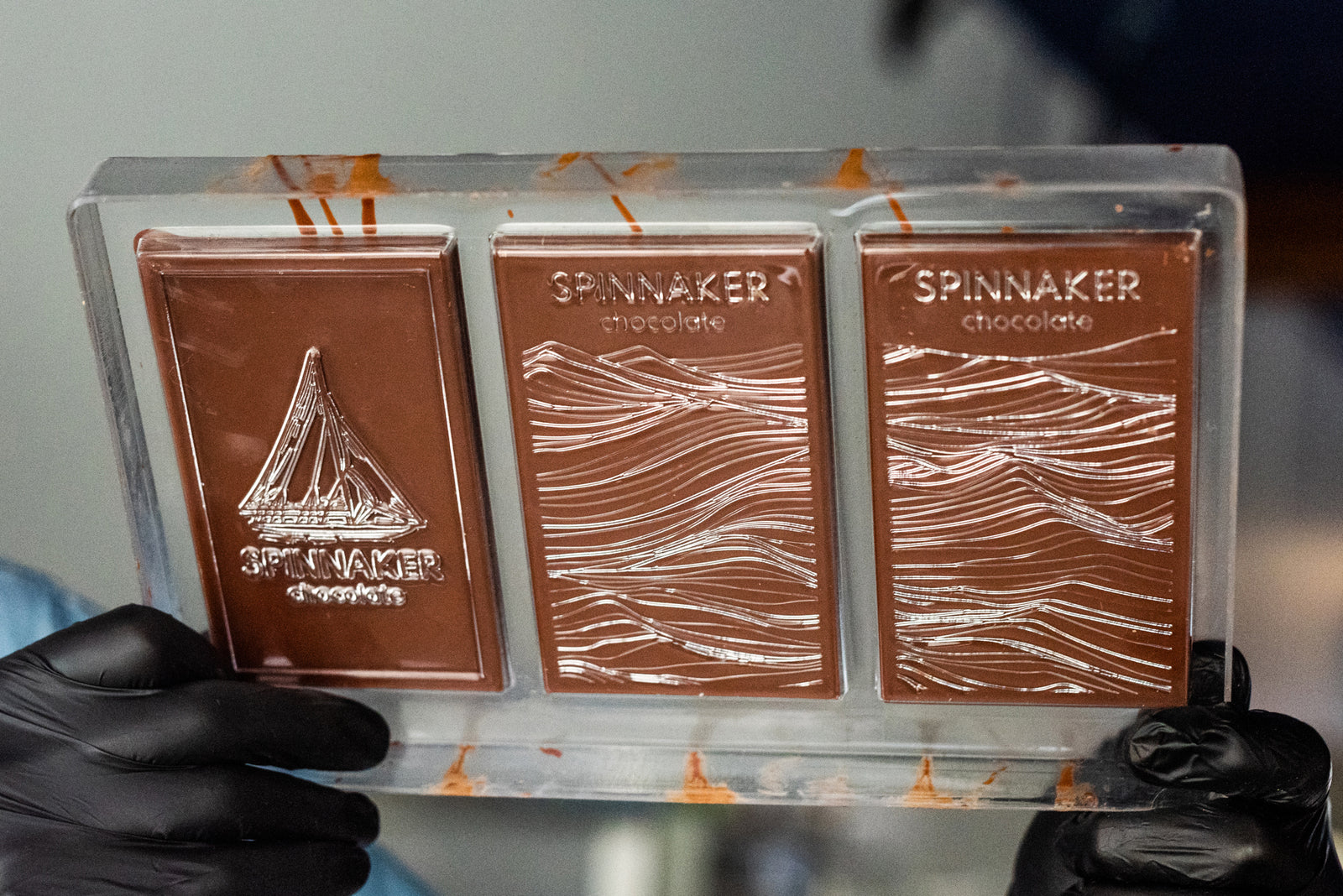
Leave a comment (all fields required)